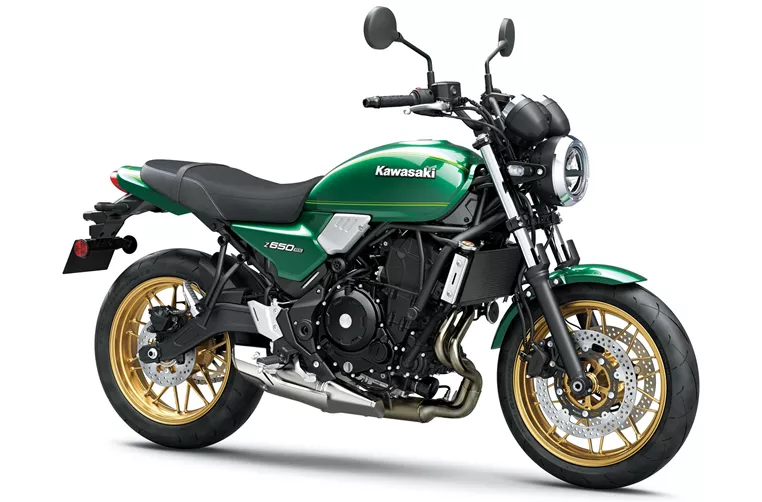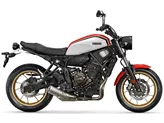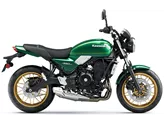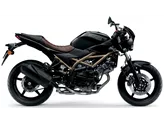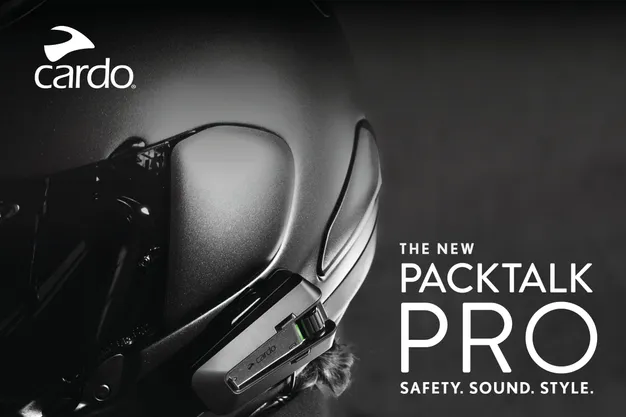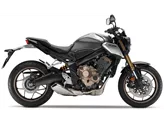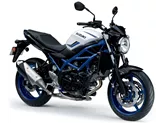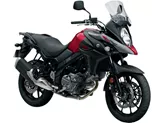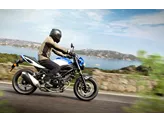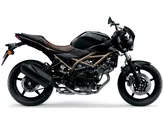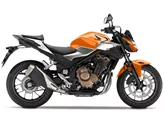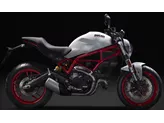Kawasaki Z650 RS 2022 vs. Suzuki SV 650 2017
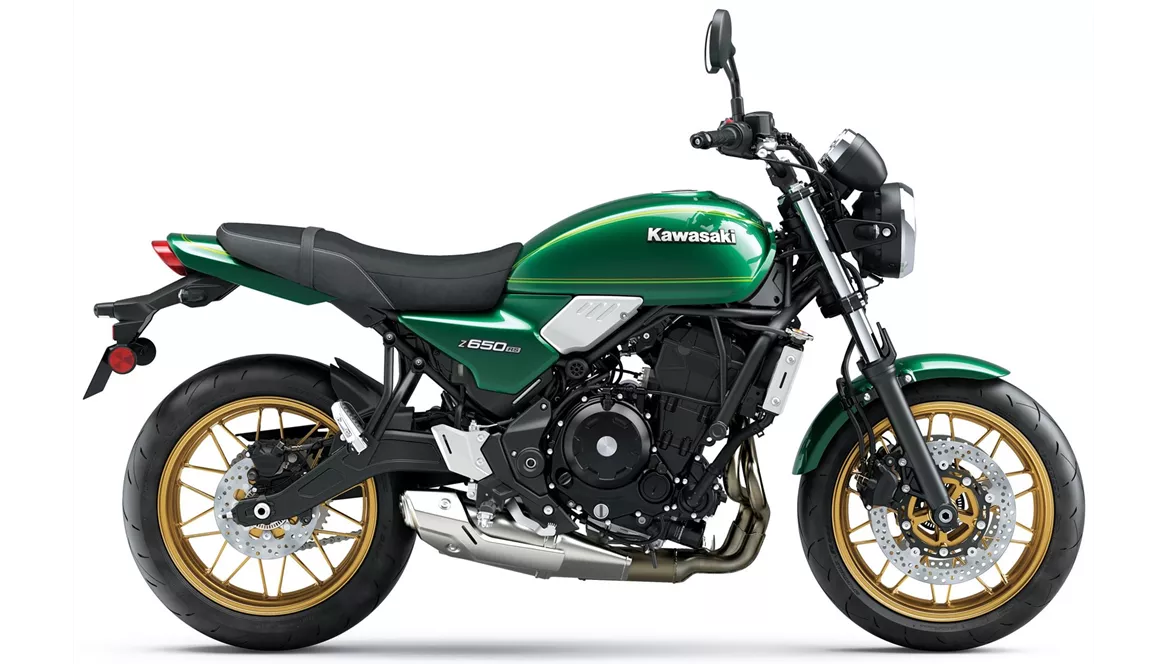
Kawasaki Z650 RS 2022

Suzuki SV 650 2017
Overview - Kawasaki Z650 RS 2022 vs Suzuki SV 650 2017
The Kawasaki Z650 RS model year 2022 and the Suzuki SV 650 model year 2017 are both naked bikes that offer a thrilling riding experience. Let's compare these two models based on their technical specifications and strengths.
Starting with the engine and drive train, the Kawasaki Z650 RS is equipped with an inline twin-cylinder engine that produces 68.2 HP of power and 65.7 Nm of torque. On the other hand, the Suzuki SV 650 features a V-twin engine that delivers 76 HP of power and 64 Nm of torque. Both bikes have fuel injection systems and liquid cooling, ensuring efficient performance.
In terms of suspension, both bikes feature telescopic forks at the front and swing arm suspension with a monoshock at the rear. This setup provides a comfortable and controlled ride for both models. The chassis of both bikes is made of steel and has a tubular frame, ensuring stability and durability.

Kawasaki Z650 RS 2022
When it comes to braking, the Kawasaki Z650 RS is equipped with double disc brakes at the front with a diameter of 300 mm and double piston calipers. The Suzuki SV 650, on the other hand, has slightly smaller front brakes with a diameter of 290 mm. Both bikes feature ABS as an advanced rider assistance system, ensuring safe and reliable braking performance.
In terms of dimensions and weights, the Kawasaki Z650 RS has a front tire width of 120 mm and a rear tire width of 160 mm, both with a diameter of 17 inches. The wheelbase is 1410 mm, and the seat height is 820 mm. The kerb weight of the Z650 RS with ABS is 187.1 kg, and it has a fuel tank capacity of 15 liters. On the other hand, the Suzuki SV 650 has the same tire dimensions and a slightly longer wheelbase of 1445 mm. The seat height is lower at 785 mm, and the kerb weight with ABS is slightly higher at 197 kg. The fuel tank capacity is 13.8 liters.

Suzuki SV 650 2017
Now let's discuss the strengths and weaknesses of each bike. The Kawasaki Z650 RS stands out with its perfectly realized retro design, analogue displays, lively engine, accessible handling, and powerful brakes. It also offers comfortable ergonomics, adjustable levers, and is a real eye-catcher. However, some riders may find the sound of the Z650 RS slightly softer compared to other models.
On the other hand, the Suzuki SV 650 is praised for its smooth engine, playful handling, and great chassis. However, some riders have reported that the brakes on the SV 650 are too weak, which may be a drawback for those seeking strong and responsive braking performance.
In conclusion, both the Kawasaki Z650 RS 2022 and the Suzuki SV 650 2017 are impressive naked bikes with their own unique strengths. The Z650 RS offers a retro design and powerful performance, while the SV 650 excels in engine smoothness and handling. Ultimately, the choice between these two models will depend on individual preferences and priorities.
Technical Specifications Kawasaki Z650 RS 2022 compared to Suzuki SV 650 2017
Pros and Cons in comparison
Pros and Cons in comparison
Kawasaki Z650 RS 2022
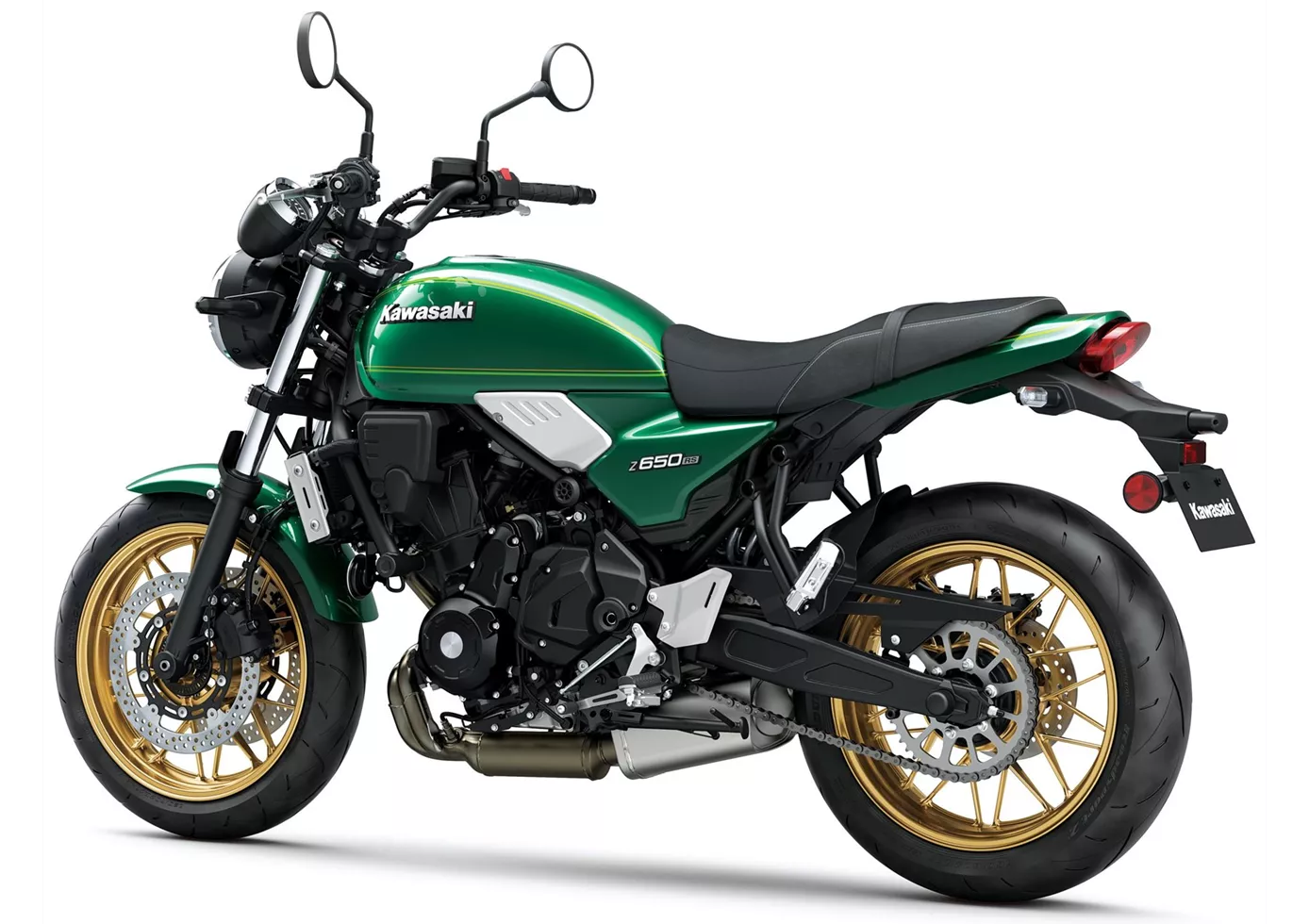
With the RS, Kawasaki proves that it has mastered the art of retro bikes. You immediately forget that underneath the pretty dress is the normal Z650, because thanks to the right details, the retro design has been convincingly implemented. In the saddle, you enjoy the accessibility that you know from the technical sister. A retro bike that both beginners and experienced bikers will really enjoy!
Suzuki SV 650 2017

The Suzuki SV 650 is accompanied by a long history of success that is sure to continue for a long time. Its supple V2 impresses with very smooth response and plenty of torque. Compact dimensions help to make the motorbike look very compact. This will be very convenient for beginners. The chassis also scores with playful handling. Unfortunately, the braking effect is not at the level one would expect from such a powerful vehicle.
Price Comparison Avarage Market Price Kawasaki Z650 RS vs Suzuki SV 650
There are a few key differences between a Kawasaki Z650 RS 2022 and a Suzuki SV 650 2017. In terms of price, the actual average price of a Kawasaki Z650 RS 2022 is about 38% higher. Compared to Suzuki SV 650 2017 there are more Kawasaki Z650 RS 2022 bikes available on the 1000PS.de Marketplace, specifically 34 compared to 6. It takes less time to sell a Suzuki SV 650 with 112 days compared to 146 days for the Kawasaki Z650 RS. Since model year 2022 1000PS.de editors have written 12 reviews for the Kawasaki Z650 RS and 25 reviews for the Suzuki SV 650 since model year 2005. The first review for the Kawasaki Z650 RS was published on 27/09/2021 and now has more than 39,300 views. This compares to more than 14,200 views for the first review on Suzuki SV 650 published on 26/09/2008.
